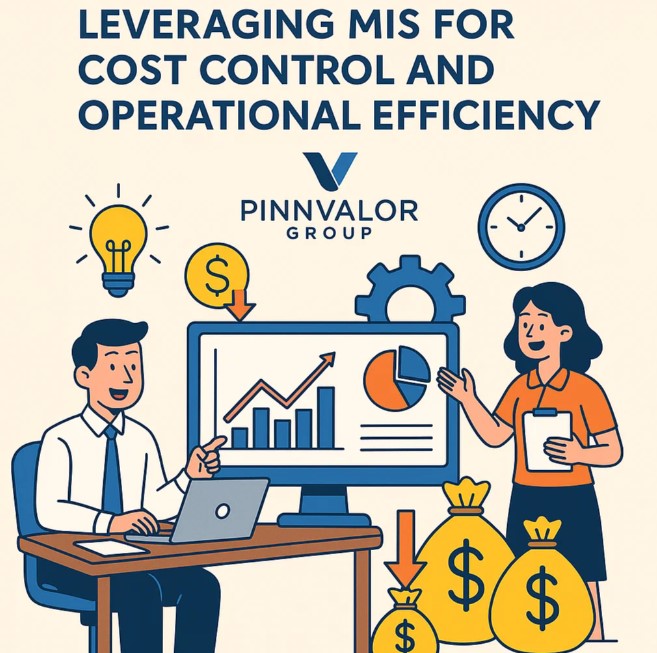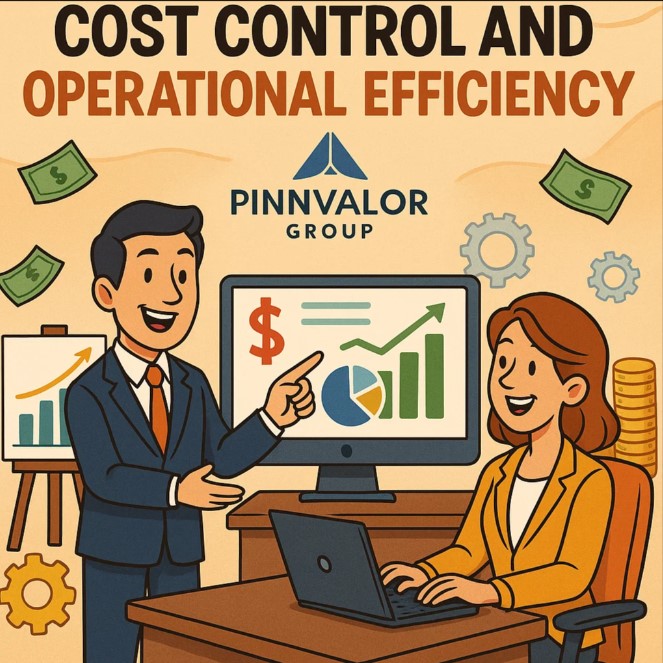
Leveraging MIS for Cost Control and Operational Efficiency
In today’s data-driven business environment, organizations are constantly seeking smarter ways to reduce costs and enhance operational effectiveness. A robust Management Information System (MIS) is no longer a luxury—it's a necessity. When deployed strategically, MIS can become a powerful enabler for both cost control and operational efficiency, each serving different objectives but thriving on a shared foundation of accurate and timely information.
What’s costing you more: inefficiency or lack of insight?
Operational efficiency isn't a goal — it's a continuous journey. MIS gives you the map, the metrics, and the momentum.
🔍 What is MIS?
A Management Information System is a structured framework that gathers, processes, stores, and disseminates data to support decision-making at various organizational levels. MIS transforms raw data into actionable insights, empowering managers to make informed choices across finance, operations, HR, and supply chain functions.
💰 MIS for Cost Control
Cost control refers to identifying and reducing business expenses to increase profits. MIS supports this by offering real-time visibility into cost centers and spending patterns.
📌 Key Ways MIS Aids Cost Control:
- Budget Monitoring: Tracks actual expenses against budgets and highlights variances.
- Identifying Waste: Pinpoints resource leakages such as overstaffing, energy overuse, or inefficient logistics.
- Supplier Evaluation: Compares supplier pricing and performance to negotiate better contracts.
- Automated Reports: Reduces manual labor and administrative overhead through streamlined reporting.
💡 Example:
A manufacturing firm uses MIS to monitor monthly utility consumption across departments. When MIS reports show a spike in electricity usage in one unit, immediate corrective action helps save costs and prevent future wastage.

⚙️ MIS for Operational Efficiency
Operational efficiency focuses on optimizing internal processes to deliver better results using fewer resources. Here, MIS acts as the nerve center that integrates workflows, enhances visibility, and supports performance metrics.
📌 How MIS Enhances Operational Efficiency:
- Process Automation: Reduces manual tasks and speeds up operations.
- KPI Tracking: Monitors critical performance indicators in real time for proactive decisions.
- Inventory Optimization: Aligns stock levels with demand trends to avoid over/under stocking.
- Data-Driven Scheduling: Helps plan production, manpower, and logistics with precision.
💡 Example:
A logistics company uses MIS dashboards to track delivery timelines and vehicle routes. By analyzing delays, they redesign routing patterns—cutting fuel usage and improving on-time deliveries by 25%.
🎯 MIS as the Bridge Between Cost Control and Efficiency
Though cost control and operational efficiency have different goals, MIS serves as a common platform that supports both. It brings synergy by aligning cost-related insights with performance optimization strategies.
✔️ Combined Impact:
- Cost savings through efficient processes
- Enhanced productivity through resource reallocation
- Improved decision-making with unified data sets
Thus, businesses can avoid the trap of cutting costs blindly and instead focus on sustainable efficiency.
🚀 Final Thoughts
In a competitive business world, thriving means doing more with less—and doing it smarter. Leveraging MIS for cost control and operational efficiency is not just about trimming fat or accelerating workflows; it's about strategic transformation. With real-time insights, predictive analytics, and process automation, MIS can propel your organization toward a future of intelligent operations and lean profitability.
